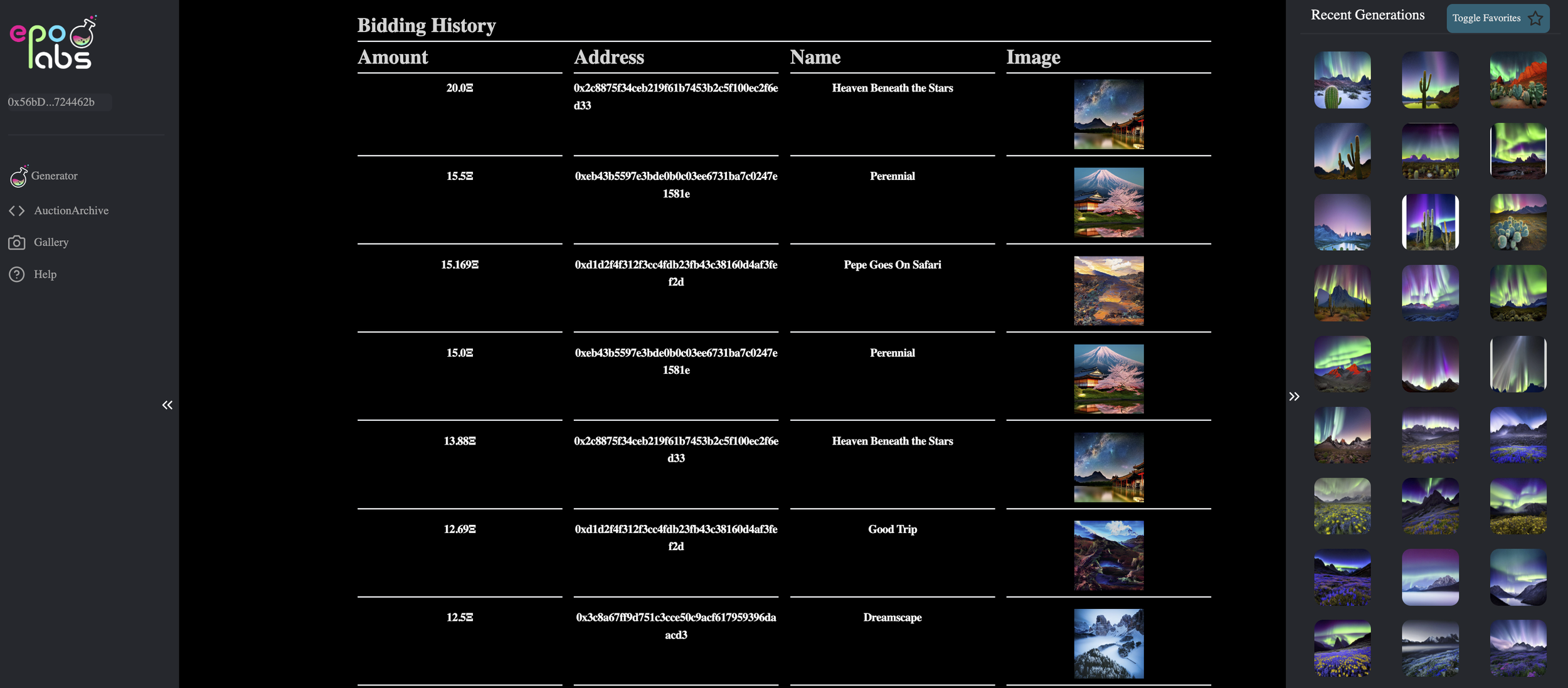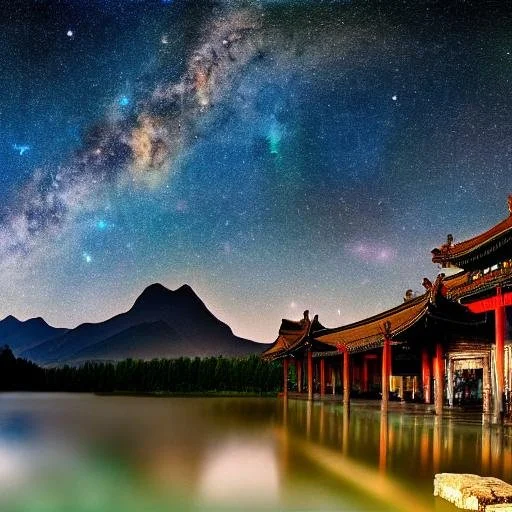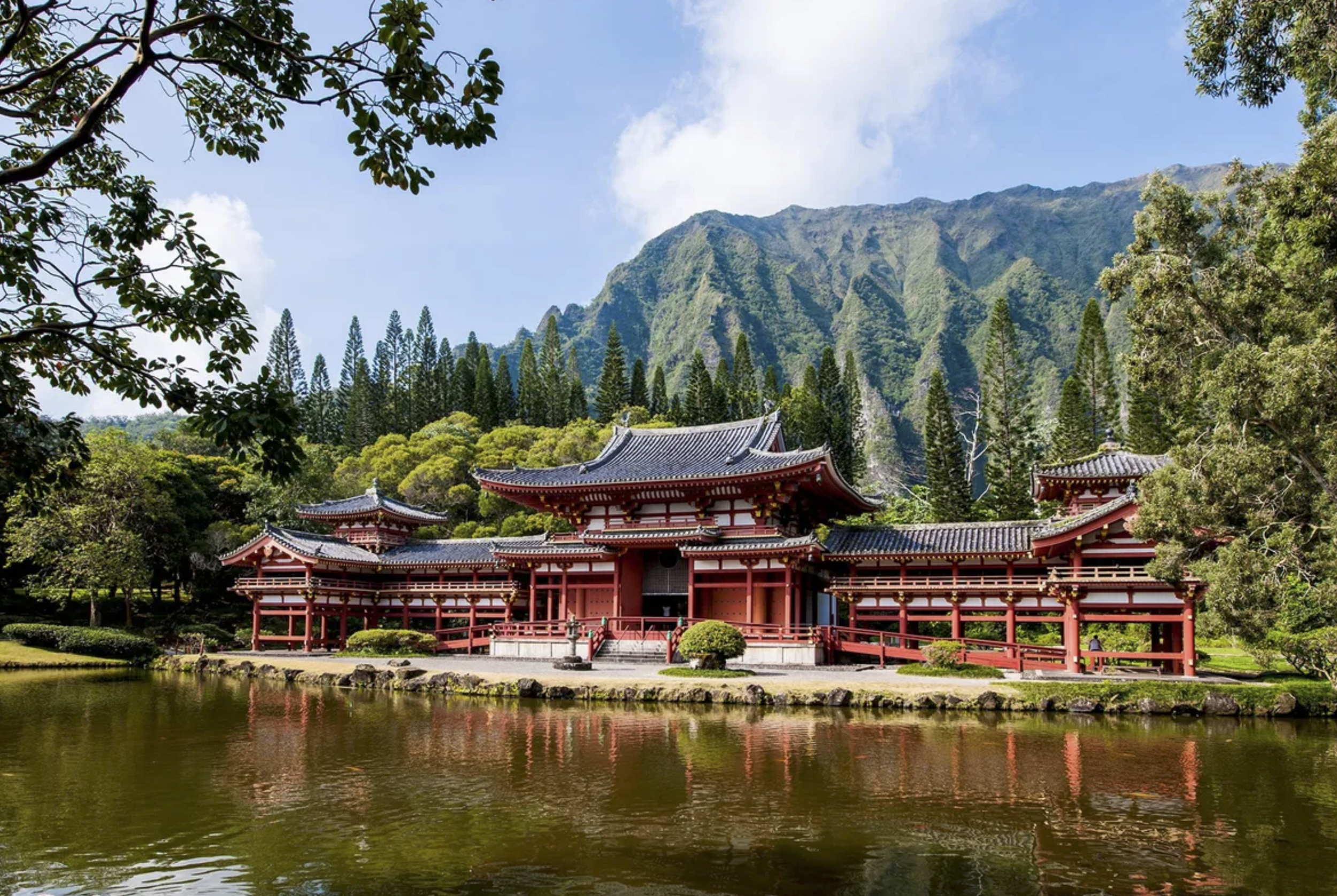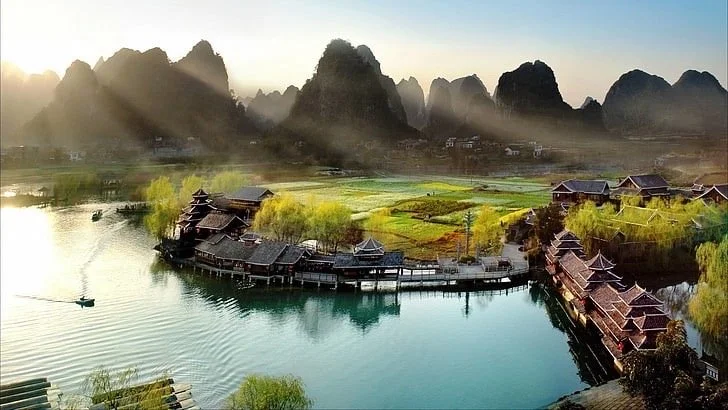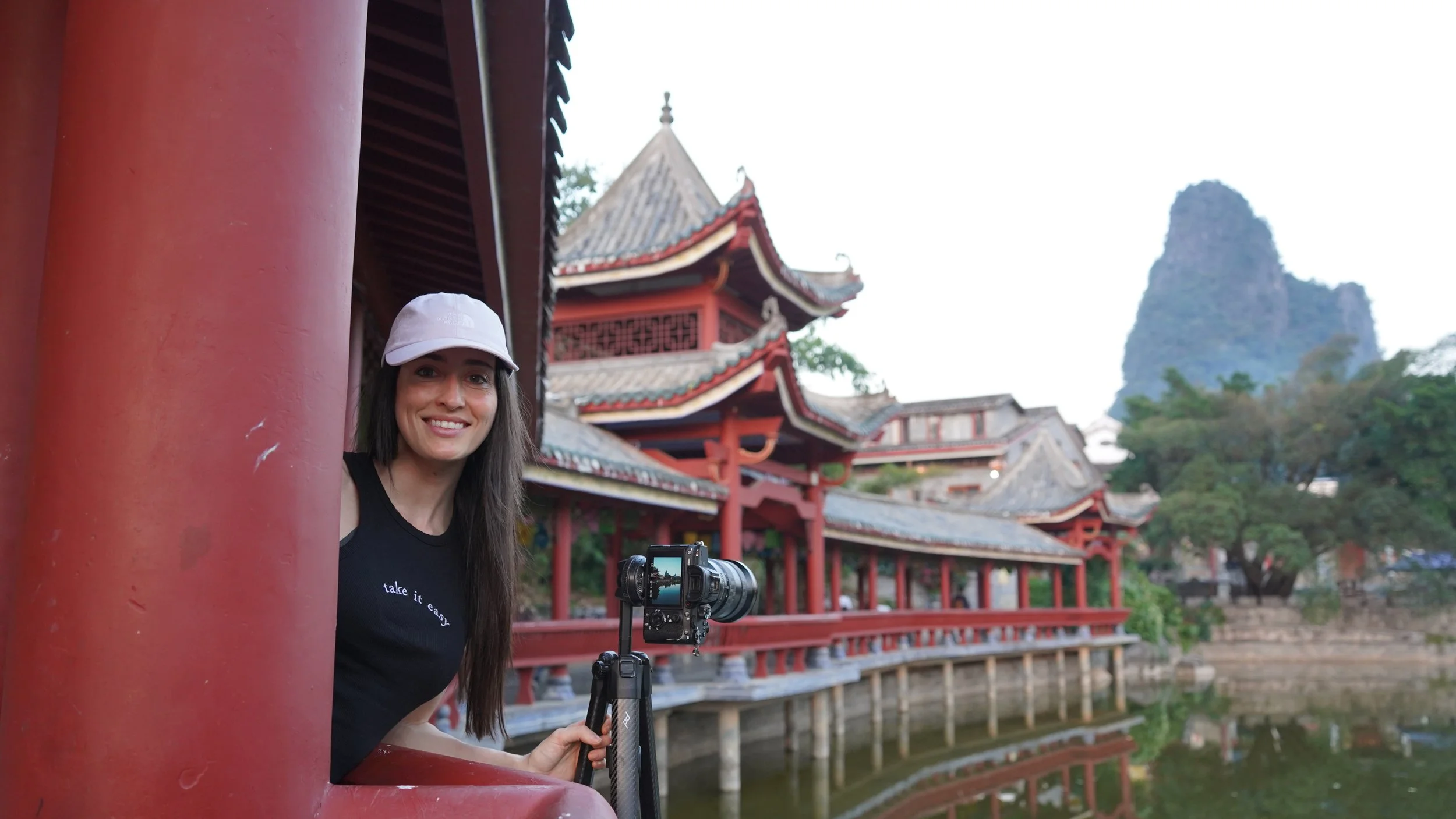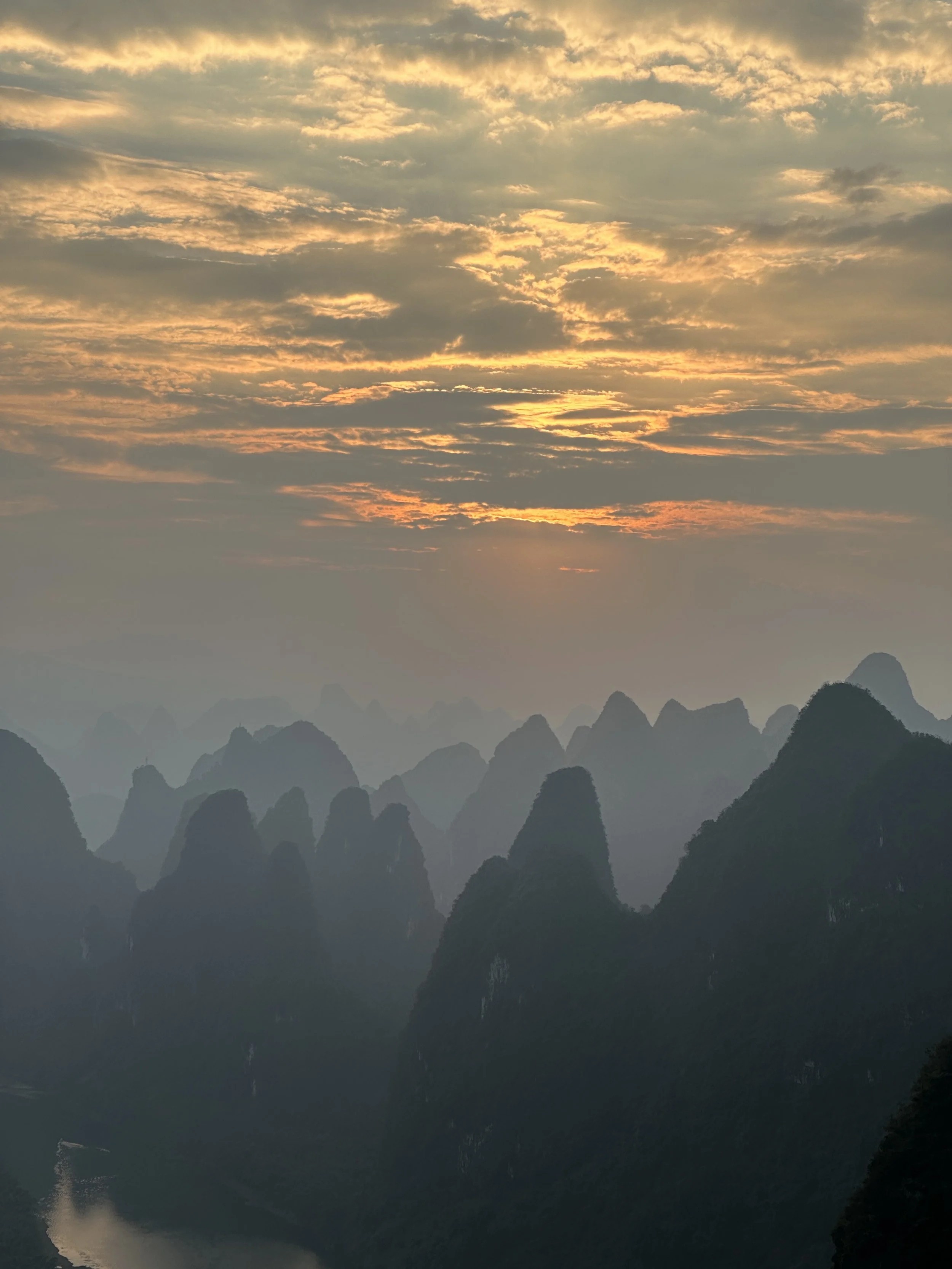From Nowhere to Somewhere, Cath Simard's first 1/1 commission, is also the first ever photography commission inspired by Artificial Intelligence. The project utilizes the concept of co-creation and creates a relationship between artist, collector and AI.
How does it work?
The collector creates a piece of art with AI using Epolabs. Then, Cath will create an artwork inspired by the AI landscape created by the collector included with the winning bid. She will travel, hike and shoot until she finds the perfect elements to create it. The creation of the 1/1 could take up to a year. She will mint and transfer the final 1/1 on the platform of the collector’s choice. A 1/1 physical print will also be sent to the collector. The artwork was sold to Lost In Infinity, a prominent collector in the NFT space. Find the bidders artwork collection HERE.
You can find the original project details here and the auction page here. Some notable articles covering the project include ‘‘Propelling art forward with AI’’ by Tim Salikhov and Art Meets Tech: First-Ever Photography Commission Inspired by AI by NFT NOW.
THE RESEARCH (in progress)
The AI artwork below was created by the collector who won the auction.
(22/11/2022)
Initial thoughts- This AI artwork presents a few challenges : finding a place in the world that combines a red temple, mountains, lake and that doesn’t have too much light pollution so I can capture the night sky and hopefully the milky way. The project is about personal interpretation, not literal recreation. However, I would like to create an artwork that you can easily identify its inspiration is from the AI artwork. My regular workflow includes compositing, but my goal here will be to capture all elements within the same area - if that’s even possible. My first thoughts are that this place I am looking for might be located either in Japan or China. Let’s see where my researches take me…
(24/11/2022)
After a few days of research looking for red temples in mountainous regions with lakes, I discovered two locations that could be potential options: Itsukushima Shrine, Hiroshima in Japan and Byodo-in temple in Oahu in Hawaii.
Itsukushima Shrine, Hiroshima in Japan
Although a great location, the city in the background would make it difficult to photograph it at blue hour/night with the light pollution. The tori gate would also make it hard to compose the foreground and would probably require some photoshop to eliminate it. Finally, the site closes in the afternoon, making it impossible to photograph it at sunrise, sunset to at night. An overall cool location, but not sold on it.
2. Built for the centennial celebration of Hawaii’s first Japanese immigrants, in O’ahu’s Valley of the Temples, the Byodo-In Temple is a replica of the original Byodo-In Temple in Kyoto. This location showcases elements from the AI artwork but lacks similarities with the mountains featured in the AI piece. The site also seems a bit restrictive with only one perspective available to showcase the mountains against the temple. Overall, an OK option.
PHOTOGRAPH BY ROBERT HARDING
(02/12/2023)
I decided to shift my attention to China and focus on more remote areas. I found a beautiful city called ‘‘Guilin’’ at northeast of China's Guangxi Zhuang Autonomous Region featuring the Karst Mountains and surrounded by rivers. At first sight, the location looks promising with some similarities with the original artwork, most specifically the mountains (see images below). Expected challenges with this region will be both the light and air pollution which make night photography difficult, and finding a red temple by the water. Overall, Guilin seems like a great area to explore with a lot of potential for the creation the piece, but seems like it will require a lot of location scouting.
Furthering my researches, I found a little town called ‘‘Huangyao old town’’. Huangyao is also surrounded by karst peaks and traversed by streams. There are many bridges and the streets are paved with slate. There are over 30 temples, ancestral halls and pavilions which make this location worthwhile to explore.
(05/23/2023)
After chatting with my friend Jord Hammond who has an incredible portfolio of images from China, he pointed me to anther places in the Guilin area that could be worth visiting. Below are two images of the location.
The left image, similar but not identical to the AI image, could be a good option for creating an impactful composition with a great reflection.
The right image features a buildings that might be a great option (however not red). Below is an image I found that showcases the location from the ground taken by a visitors.
THE TRIP TO CHINA
November 2023
The location I chose, which is the most similar to the AI image in my opinion, is Huangyao old town in Zhaoping County, Guangxi, China. I knew that by picking China, the challenge would be greater in capturing the night sky due to light pollution, but I decided to take a chance. So I decided to book a ticket to visit this beautiful country and complete the project.
After a few months of preparation, visa application, guide research and itinerary planning, I finally landed in Guangzhou. I stayed the city for a couple of nights to recover from the trip and explore the area. Thanks to jet lag, I went out exploring by myself a few times before sunrise. The city was surprisingly quiet and I as mesmerized by its vibrant colours.
A few days later, I met up with my guide. We took a few taxis and the bullet train to reach the Huangyao old town. After a lot of research, I had found the perfect hotel to stay located near the red temple I’d photograph for the next 3 nights. The images from the hotel’s booking page are what helped me locate where this temple was in the old town; after a few weeks of research, I couldn’t find it on google earth and only got a few vague answers from asking around. So finding this hotel was a blessing.
The view of the temple from my hotel room was even better than what I hoped for.; the perfect basecamp to pursue my mission.
On the first night, we arrived at the temple before sunset so I could make some tests and plan my composition. The goal was to capture the temple at sunset and blue hour, so it would be easier to composite with the night sky. Online, I saw that the temple would get lit up at night with different kinds of lanterns and colourful lights, which wouldn't align with the image and mood I wanted to create. So I was hoping these would light up until later. For the night sky, the moon was almost full and up all night creating less than ideal conditions to capture the milky way. So, I would focus on capturing the temple for now, and the night sky later during the trip when the moon cycle will be more favorable and at another location with less light pollution.
Below is a phone image of the chosen angle of the temple, in comparaison to the AI image (flipped). Needless to say that I was extremely pleased with this composition and its similarities to the original AI artwork.
Over the next 3 days, I returned to the same temple for sunrise and sunset to capture the scene again in different lights. Below are some behind the scenes taken by my guide.
As I had expected it, my time to capture the temple without the lights would be pretty limited. These lanterns would usually turn on right after sunset, which would leave me only a few minutes to capture the blue hour without them shining.
On our last morning, I felt like I had enough images of the temple, and felt very confident with what I had. I wanted to photograph another angle of the town which I saw on my online research, and that we had scouted the day before. That morning turned out to be absolutely incredible and one of the highlights of my trip. Below are some BTS from that morning.
The next step of the trip was to capture the night sky to complete the composite. I had about 9 days left and wanted to also take this opportunity to discover a little bit more of China, while attempting to capture the stars every night we could. We ended up exploring the Yanshuo and Xingping town areas. The scenery was absolutely breathtaking but unfortunately, the weather wasn’t on our side. I even found the perfect place to capture the milky way in Xingping, but it rain most of time with constant overcast skies, leaving us with no opportunities to capture the stars. The light pollution was also a problem. Below are a few BTS images from these days.
With only a few days left to the trip, I had to make a decision quickly. Either stay in this region with a less than promising weather forecast, or fly to another area of China, with better weather forecast and a little bit less light pollution. My choice ended on Lijiang, a region I had researched before and that my guide knew well. So together, we flew to Lijiang for only 2 nights, and set out to scout different locations to capture the sky for later that night. We drove for a few hours and picked two areas that looked promising. When the night arrived, we got to our first location. After my first test shot, I could barely see any stars in the frame;. the light pollution was too strong as shown below.
So we decided to move to our second location, further from the city but closer to the mountains which could block a part of the Milky Way. When we got there, my eyes adjusted to the darkness, and I could see a faint cluster of stars. I took a photo, and here it was, the milkyway! In this moment I felt a huge sense of relief. I knew I could complete this project without anymore worries. I spent the next few hours capturing the sky. The light pollution was still a challenge, but I tried different techniques and angles to make the most of it. When we got back to the hotel, I couldn’t stop smiling, thinking I had reached my goal, almost exactly 1 year after selling this commission.
We spent the second night going back to the same location to photograph the stars, but after slating some water on my camera body a bit earlier, my camera body would glitch not allowing me to focus manually on the stars. I knew it was the end for me., but I was at peace with it. I had completed my mission and was extremely grateful for this journey.
THE IMAGE REVEAL
Creating a composite inspired by the AI image was more challenging than what I had expected. I started by doing a few drafts which I didn’t like and I decided to learn new editing techniques to expand my horizons and be able to bring it closer to how I had envisioned it. I spent a total of 40 hours editing this image, from the drafts to the finished artwork. I ended up including mist and fog that was captured during the trip and creating a piece that is a representation of the AI inspiration, my experience in China, and my own personal style and creative vision. It was important for me to create a piece that sits well alongside the rest of my portfolio. Below is the final composite titled ‘‘The Somewhere’’
THE AI IMAGE : THE FINAL ARTWORK:
This experience was an incredible journey and I would like to first thank the collector and friend Lost In Infinity for commissioning me and sending me on this once in a lifetime experience. Thank you for your patience, trust and waiting patiently 15 months to receive the artwork. Special thanks to Su (geekiebunny), who’s been an incredible social media manager on RED, helped me grow my online presence in China and who found my guide, to Suzan Blick, who guided me for the preparation of the trip, to my guide and now friend Lavander for making this experience extremely enjoyable, to Jordan Hammond (jordhammond), who gave me recommendations for the trip, to Mike (@mindzeye) who gave me tips for the editing of the image, to Elric (0xelrick_eth) for being the best dev, to Melissa Burr (burrrrrberry) for advising me early on the project, for epolabs, for working with me on this project and to everyone who bid on the commission. THANK YOU

